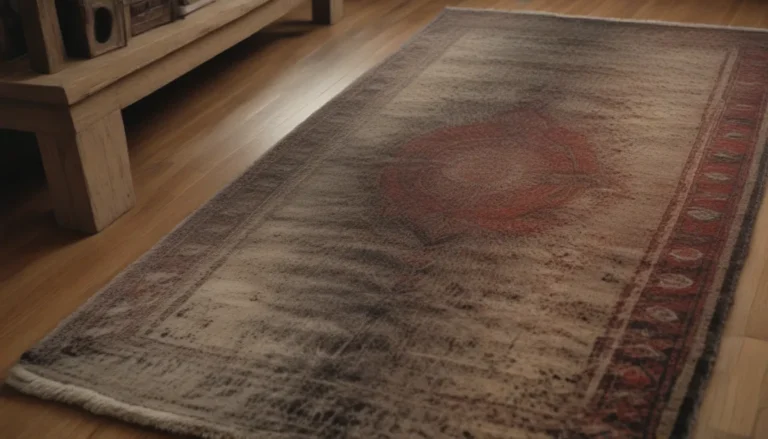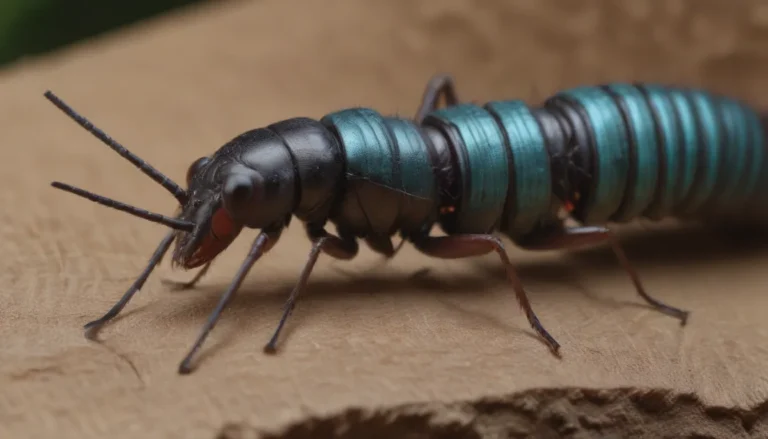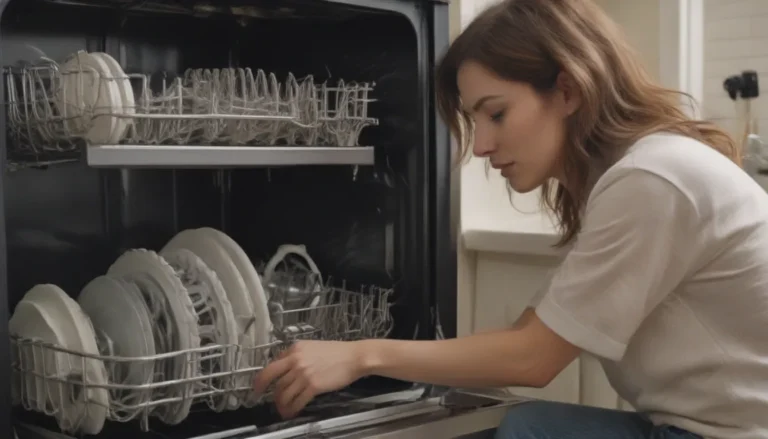A Comprehensive Guide to Minimizing Dust Build-Up at Home

Dust is a constant battle that many of us face. It seems like a never-ending cycle of cleaning and then having to do it all over again. However, there are effective strategies you can implement to reduce the dust in your home and create a healthier living environment. By making a few adjustments to your cleaning routine and home decor choices, you can significantly decrease the amount of dust that accumulates. In this detailed guide, we will explore practical tips and techniques to help you keep dust at bay and improve your overall well-being.
Understanding the Impact of Dust on Your Health
Dust may appear harmless, but hidden within those tiny particles are dust mites – microscopic arachnids that feed on dead skin cells. For individuals with allergies or asthma, dust mites can trigger uncomfortable symptoms and worsen respiratory conditions. Research indicates that approximately 30 percent of the population suffers from allergic disorders caused by dust mites. By taking steps to reduce dust in your home, you can create a healthier environment for yourself and your loved ones. Not only will this benefit your health, but it will also simplify your cleaning routine and make your home more comfortable to live in.
Practical Ways to Reduce Dust in Your Home
Keep Windows and Doors Closed
While opening windows and doors to let in fresh air is appealing, it also invites dust and other allergens into your home. To minimize dust build-up, keep windows and doors closed as much as possible. Even with window and door screens, pollen and small dust particles can still infiltrate your living spaces.
Utilize Doormats and Remove Shoes
Placing washable doormats inside and outside your home’s entrances can help prevent dust from being tracked indoors. Encouraging family members and guests to remove their shoes upon entering will further reduce the amount of dust brought into your home. This simple step can make a significant difference in keeping your floors cleaner and minimizing dust accumulation.
Maintain Floor Coverings
Carpets and rugs tend to trap dust and release it back into the air when disturbed. If possible, opt for hard surface floors such as hardwood or tile, as they are easier to clean and are less likely to harbor dust. If you have carpets, vacuum them daily to reduce surface dust levels. For hard surface floors, use a damp dust mop at least once a week to capture lingering dust particles.
Change and Wash Bedding Regularly
Bedrooms and bathrooms are prime locations for dust mites to thrive due to the presence of dead skin cells. Make it a habit to wash your bed linens, towels, and bath mats weekly to eliminate dust mites and allergens. Additionally, consider using dust mite protective covers for pillows and mattresses to further reduce the impact of dust mites in these areas.
Declutter Your Living Spaces
Every item in your home, from decorative objects to household items, can collect dust. Take the time to declutter your living spaces by removing items that you don’t use or need. Display collections behind glass doors to minimize dust accumulation and make cleaning easier. In your closets, purge items that have gathered dust and consider storing clothes in breathable bags that can be washed frequently.
Identify and Address Dust Traps
Certain surfaces in your home are more prone to collecting dust than others. Identify these dust traps, such as ceiling fans, blinds, and electronics, and clean them regularly to prevent dust build-up. Consider making changes to reduce dust accumulation in these areas, such as using air purifiers or dusting with microfiber cloths instead of feather dusters.
Use Proper Cleaning Tools
Invest in quality cleaning tools such as a vacuum cleaner with a HEPA filter to effectively capture dust particles. Opt for electrostatic disposable dusters or microfiber cloths that trap dust rather than scatter it. Regularly clean your cleaning tools to ensure optimal performance and minimize the spread of dust during cleaning.
Care for Your Pets
Pets can contribute to dust levels in your home through their dander and fur. Bathe your pets regularly to reduce dander and consider limiting the number of pets if someone in your household has a dust sensitivity. By taking care of your furry companions, you can help lessen the impact of pet-related dust in your living spaces.
Change Air Filters Regularly
Maintaining clean air filters in your heating, ventilation, and air conditioning (HVAC) systems is essential for reducing dust circulation in your home. Change or clean the filters as recommended by the manufacturer to prevent dust from recirculating in your living areas. Consider using HEPA filters, which can remove up to 99.97 percent of dust particles and airborne allergens.
Incorporate an Air Purifier
Air purifiers can be a valuable addition to your home to capture dust particles and improve indoor air quality. These devices use filters to trap dust and other pollutants, promoting cleaner and healthier air in your living spaces. Choose an air purifier that suits your room size and budget, and regularly clean and maintain the device for optimal performance.
In conclusion, preventing dust from accumulating in your home requires a combination of strategic cleaning practices and lifestyle adjustments. By implementing the tips and techniques outlined in this guide, you can create a cleaner, healthier living environment for yourself and your family. Remember that consistency is key, so make these practices a regular part of your cleaning routine to effectively minimize dust build-up. By taking proactive steps to reduce dust, you can enjoy a more comfortable and breathable home environment for years to come.





